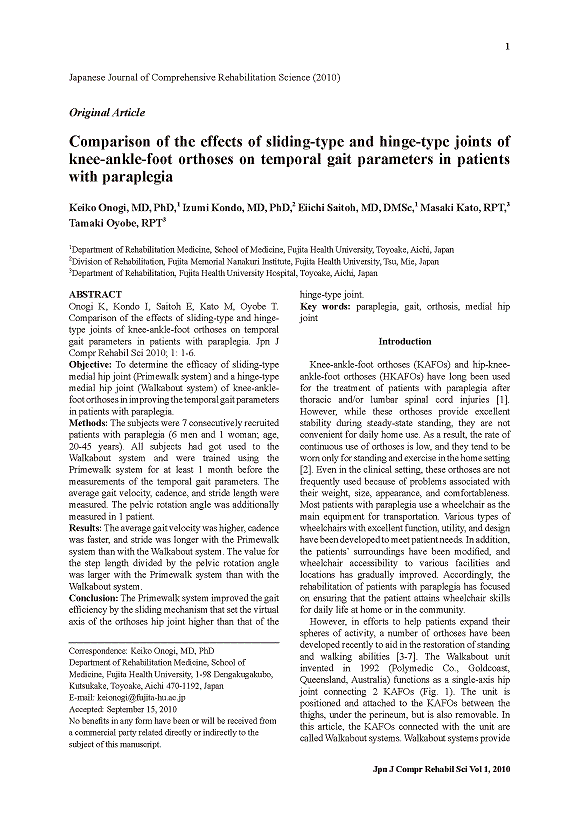Volume 3
Displaying 1-13 of 13 articles from this issue
- |<
- <
- 1
- >
- >|
Original Article
-
Article type: Original Article
2012 Volume 3 Pages 1-5
Published: 2012
Released on J-STAGE: March 15, 2012
Download PDF (418K) -
Article type: Original Article
2012 Volume 3 Pages 6-10
Published: 2012
Released on J-STAGE: April 27, 2012
Download PDF (522K) -
Article type: Original Article
2012 Volume 3 Pages 11-17
Published: 2012
Released on J-STAGE: June 23, 2012
Download PDF (685K) -
Article type: Original Article
2012 Volume 3 Pages 18-25
Published: 2012
Released on J-STAGE: June 23, 2012
Download PDF (1598K) -
Article type: Original Article
2012 Volume 3 Pages 26-31
Published: 2012
Released on J-STAGE: June 23, 2012
Download PDF (557K) -
Article type: Original Article
2012 Volume 3 Pages 32-36
Published: 2012
Released on J-STAGE: November 15, 2012
Download PDF (672K) -
Article type: Original Article
2012 Volume 3 Pages 37-41
Published: 2012
Released on J-STAGE: November 15, 2012
Download PDF (509K) -
Article type: Original Article
2012 Volume 3 Pages 42-50
Published: 2012
Released on J-STAGE: November 15, 2012
Download PDF (729K) -
Article type: Original Article
2012 Volume 3 Pages 51-58
Published: 2012
Released on J-STAGE: November 15, 2012
Download PDF (955K) -
Article type: Original Article
2012 Volume 3 Pages 59-65
Published: 2012
Released on J-STAGE: January 16, 2013
Download PDF (638K) -
Article type: Original Article
2012 Volume 3 Pages 66-71
Published: 2012
Released on J-STAGE: January 16, 2013
Download PDF (726K) -
Article type: Original Article
2012 Volume 3 Pages 72-77
Published: 2012
Released on J-STAGE: January 16, 2013
Download PDF (459K) -
Article type: Original Article
2012 Volume 3 Pages 78-84
Published: 2012
Released on J-STAGE: January 16, 2013
Download PDF (712K)
- |<
- <
- 1
- >
- >|
